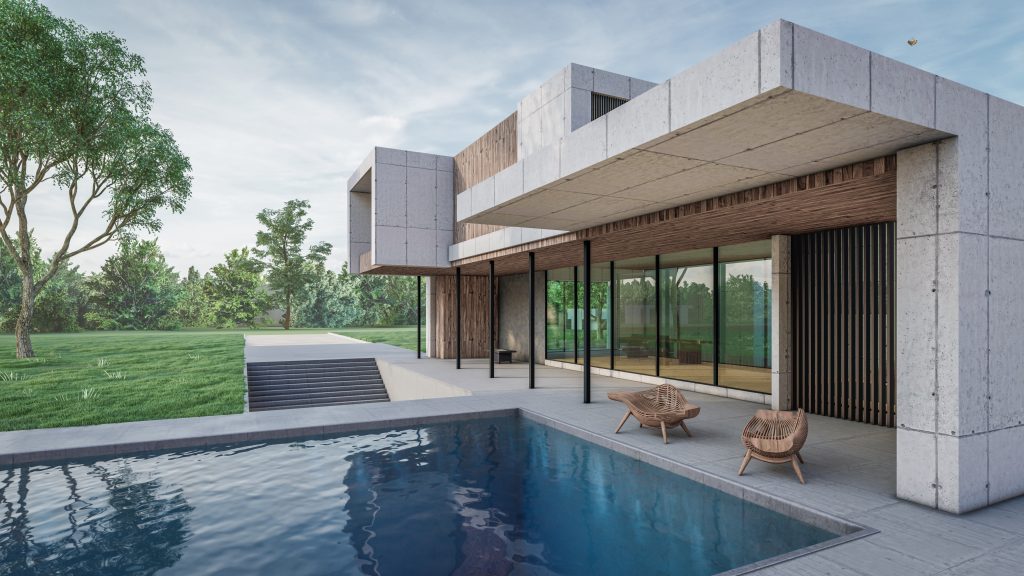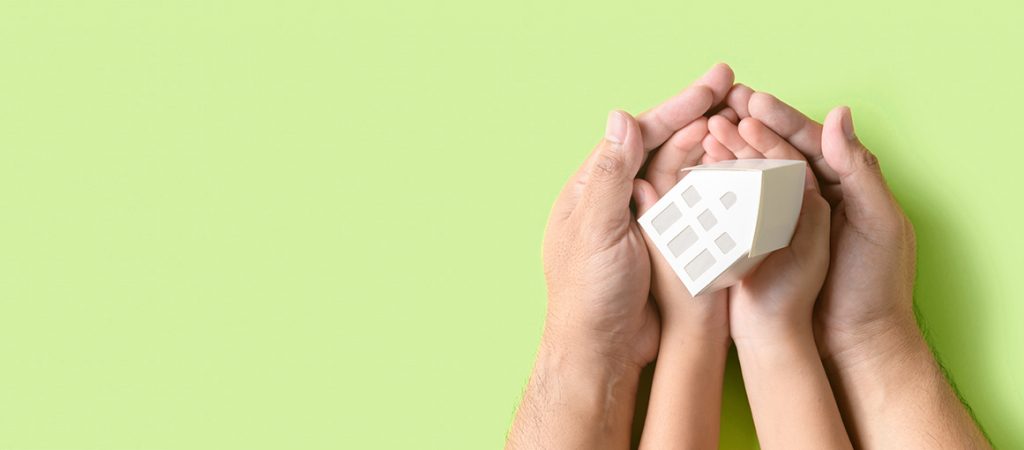Sustainability, eco-friendly design, and green building are the new normal. Now, what exactly are they?
What is green building?
According to the Environmental Protection Agency (EPA), “green building” is defined as “the practice of creating structures and using processes that are environmentally responsible and resource-efficient throughout a building’s life cycle from sitting to design, construction, operation, maintenance, renovation, and deconstruction.”
Going green is about reducing the impact on Earth’s resources and involves thoughtful building design and operations. The design not only cuts down the structure’s environmental impact by using sustainable building materials, but it should also lower the number of resources used to operate a building. Each decision’s climate effects must be taken into account to limit the building’s overall environmental impact.
Green building best practices include
- Prioritizing water conservation
- Achieving optimal energy efficiency
- Seeking responsibly sourced building materials and products
- Identifying opportunities for recycling and reusing resources in all areas possible
As stated by its definition, green building requires sustainable practices during all phases of building, from the outset of design to operation and even demolition.
There are numerous advantages on both an environmental and business level associated with green building and design.
Environmental benefits
Commercial buildings and residential homes use large amounts of resources to operate, which can take a toll on the environment. These resources, like water usage and energy consumption, are highly controllable. Green design and the implementation of sustainable products and systems within buildings present an opportunity to address inefficiencies in the name of nature.
In 2012, commercial buildings greater than 200,000 square feet used approximately 359 billion gallons of water. Buildings, both residential and commercial, were also responsible for 40% of energy consumption in the United States. Neither of these numbers account for the amount of energy that is embedded in our water use or the amount of water that is embedded in our energy use, so the above numbers are just a starting point.
Designing a building that limits energy use and carbon emissions, and recycles appropriate resources would have immense environmental benefits. The industry as a whole has acknowledged the impact of building on the environment, as well as the importance of taking immediate and aggressive action against climate change. Implementing green building best practices into the building processes is a necessity to meet the expectations of today’s needs and customers. The good news is that today’s industry is much better equipped to support these sustainability practices within the building process than ever before.
Profitability of sustainability
The bottom line for all businesses is to grow revenue and increase profits, while keeping costs down. Green building helps with this. According to the U.S. Green Building Council, “Green buildings reduce day-to-day costs year-over-year… Reporting almost 20% lower maintenance costs than typical commercial buildings, and green building retrofits typically decrease operation costs by almost 10% in just one year.” Not only will you be decreasing your environmental impact, but the cost of operating the building as well.
Sustainable practices and design ensure long term profitability. The National Association of Home Builders (NAHB) conducted a survey looking at building characteristics that matter to customers across generations. Energy and water efficiency topped the list. As the demand for sustainable spaces establishes green building as the new norm, companies can propel themselves above competitors by championing the environment.
Customer Satisfaction
Aside from just profitability, designers and architects can establish their firm as one that has implemented sustainable concepts into their projects. Sustainability has been a growing practice as customer’s preferences lean toward eco-friendly design since aligns with their social values. Companies across industries are taking notice and incorporating an environmental ethos into their company culture and values. People are at the core design, so naturally, satisfying their desires and creating the best experience is necessary to maintain successful relationships. 30% of consumers worldwide say that they make values-driven purchasing decisions more than they did three years ago. Incorporating sustainable practices into your design and buildings will align your company goals with societal values, create a favorable view of your brand, and increase loyalty and satisfaction.


